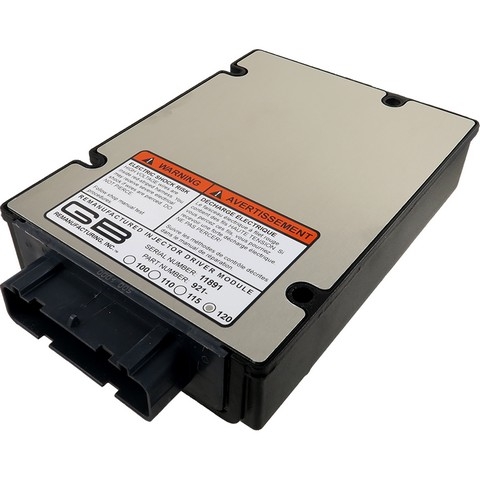

The UVCH is a vital part of the fuel injector system of the 7.3 Powerstroke.

Alternatively, you can simply delete the EBPV to eliminate the problem completely. To fix the actuator problem, you’ll need to replace the entire pedestal that houses the actuator. You can simply clean the valve regularly to get rid of soot. A sludge build-up or dirty oil can cause the actuator to fail. The actuator operates the EBPV and it holds oil. A pressure valve failure can also be caused by the actuator failure. Unless the soot is cleaned, the condition will grow worse until you have to replace it. The pressure valve may begin to deteriorate due to soot build-up.

You’ll experience shuddering and lurching when the water temperature of the engine is close to reaching operating temperature.This valve helps to reduce the amount of time the engine takes to reach standard operating temperature. It is attached to the turbocharger’s outlet. Exhaust Back Pressure Valve Failure (EBPV) However, if this doesn’t fix the problem, you can replace the radiator altogether. A good power wash should get all the dirt out and fix your regulator. You can solve radiator problems by washing off the debris most of the time. The solution depends on the source of the problem. Other causes include rusted/broken thermostats, water pump failure, or running a bad coolant. Therefore, if it isn’t in good shape, it can lead to the engine overheating. Overheating is majorly caused by a bad radiator. More often than not, this problem is related to the state of your regulator. Overheating is a common problem in the 7.3L Powerstroke. However, you can also pay to have it replaced altogether. SolutionĪ failing IPR can simply be rebuilt for about $20. The IPL can fail when your regulator is stuck, sensors go bad, or damaged wires. As your engine begins to age, there’s a chance it starts to develop this issue. Rough idle and problems with engine function.Its job is to help to protect oil pressure. The IPR is located on top of the high-pressure oil pump. Injection Pressure Regulator Failure (IPR) With good maintenance, it can go up to 500,000 miles. With its robust build and reliability, the 7.3L Powerstroke can last for 400,000 miles on average. The 7.3L has also been used in school buses, large commercial vehicles, and transit buses.īonus: Ford 2.5L Duratec Problems: Is It A Reliable Engine? How many Miles will a 7.3L Powerstroke Last? The engine was first introduced to the Ford F-series trucks. The cars that have the 7.3L Powerstroke engines are mostly medium trucks. What Cars Have the 7.3L Powerstroke Engines? It also had better performance specifications and was upgraded in 1999 with an intercooler and a wastegate turbo which boosted its power output.īy the time it was discontinued in 2003, over 2.5 million 7.3L Powerstroke had already been produced. However, the 7.3L Powerstroke had a new design and was a huge step away from the 7.3L IDI. It is the first engine to carry the Powerstroke name and was made in 1994 for Ford trucks. The 7.3L belongs to the Ford Powerstroke engine family. 2.3 Exhaust Back Pressure Valve Failure (EBPV).2.1 Injection Pressure Regulator Failure (IPR).1.3 How many Miles will a 7.3L Powerstroke Last?.1.2 What Cars Have the 7.3L Powerstroke Engines?.1.1 7.3L Powerstroke Engine Specifications.


 0 kommentar(er)
0 kommentar(er)
